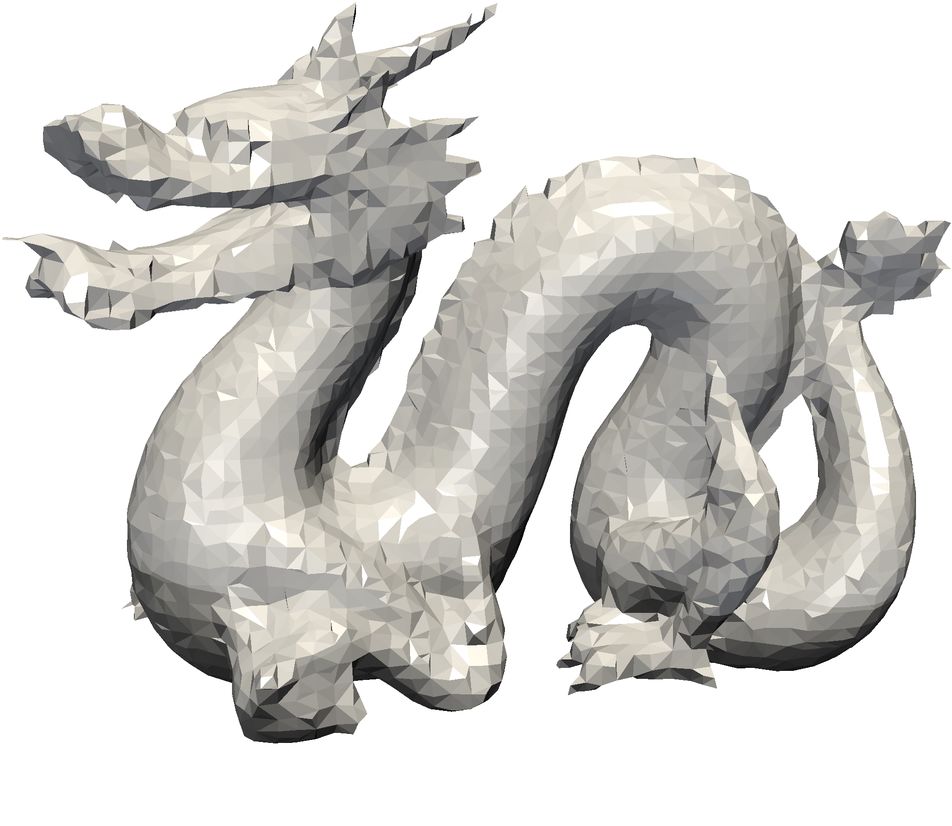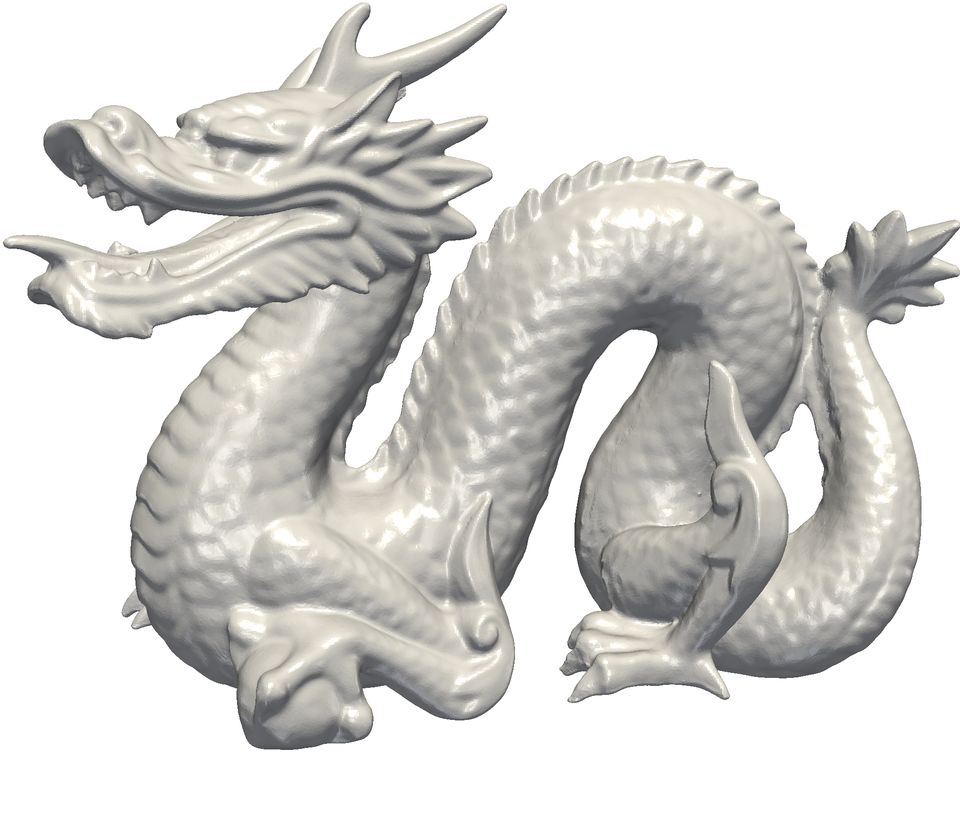The winning combination
Recent advances in “AI” have been driven by the diffusion of two critical pieces of software:
Automatic differentiation. Relying on symbolic “historical records” that are attached to the program’s variables, modern computing libraries now implement transparent
grad()operators.GPU backends for tensor-based computations. Benefitting from the long-term investment of Nvidia, recent frameworks provide backends for convolutions and linear algebra operators that harness the parallel computing power of modern hardware.
Enabling the large scale tuning of the weights that parameterize convolutional neural networks, these components were first paired together in a Python package by the Theano library, developed between 2007 and 2018 by the MILA institute. Today, using the Google and Facebook-backed TensorFlow and PyTorch libraries, tens of thousands of users routinely optimize objective functions that involve millions of parameters using gradient descent strategies.
In less than ten years, deep learning frameworks have allowed “GPU” and “backpropagation” to become ubiquitous buzzwords in applied sciences. However, outside of the graphics and autodiff communities, few researchers make the effort of understanding the inner workings of these convenient black-boxes. In a world where fast runtimes make or break the popularity of research fields, this oversight has effectively surrendered most of the scientific initiative in machine learning and image processing to the lead developers of TensorFlow and PyTorch.

(a) Subsampled model, 11,102 triangles. |

(b) Full model, 871,414 triangles. |
Figure. Illustrating the gap between the performances of “machine learning“ and “graphics“ routines with subsampled copies of the Stanford dragon. (a) Due to intrinsic limitations of the tensor-centric paradigm implemented by TensorFlow and PyTorch, modern Gaussian Processes packages cannot scale to datasets with more than 10,000 samples without making significant approximations or mobilizing high-end GPU chips for days. (b) Relying on a tailor-made CUDA backend, the KeOps library allows mathematicians to catch-up with the state-of-the-art and handle large datasets (i.e. point clouds) with a convenient interface.
A key limitation: the narrow focus on CNNs. Since the days of Theano and its Lasagne extension, deep learning frameworks have always prioritized the support of stacked convolution and fully connected layers – to the detriment of other algorithmic structures. Among mathematicians, this lack of investment in general purpose frameworks has led to a strong underrating of modern hardware: let’s just cite the common belief, held in the Machine Learning community, that the ceiling for exact kernel methods on a single device lies around \(10^4\) samples… At a time when off-the-shelf graphical engines render millions of triangles at 60 Frames Per Second on gaming laptops.
Our contribution: stepping outside of the tensor-centric paradigm. Bringing graphics-like performances to our fellow mathematicians is the main goal of this work: in 2020, researchers should be allowed to stay creative without having to compromise too much on performances.
After a brief, high-level crash-course on backpropagation and the intricacies of GPU programming, we will present the inner workings of the KeOps Map-Reduce engine. Through a convenient symbolic abstraction, the “LazyTensor” wrapper, KeOps provides efficient routines for machine learning and computational geometry without ever compromising on usability.